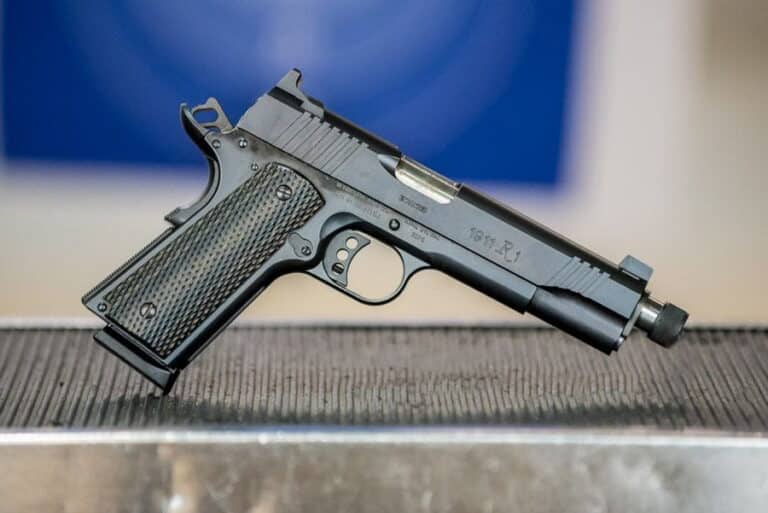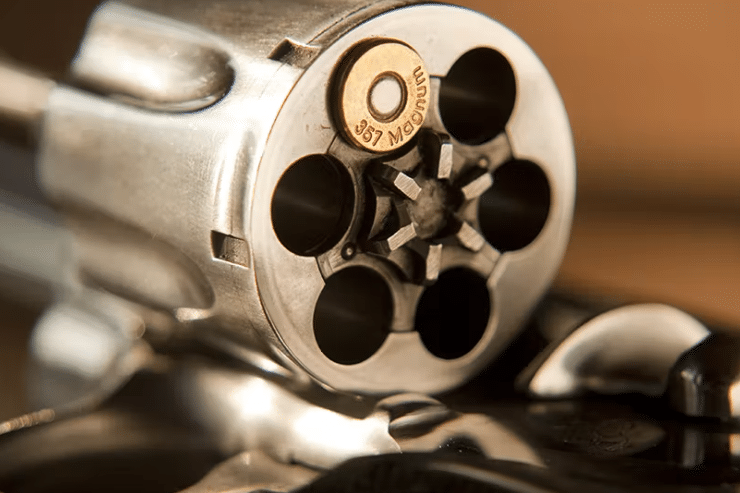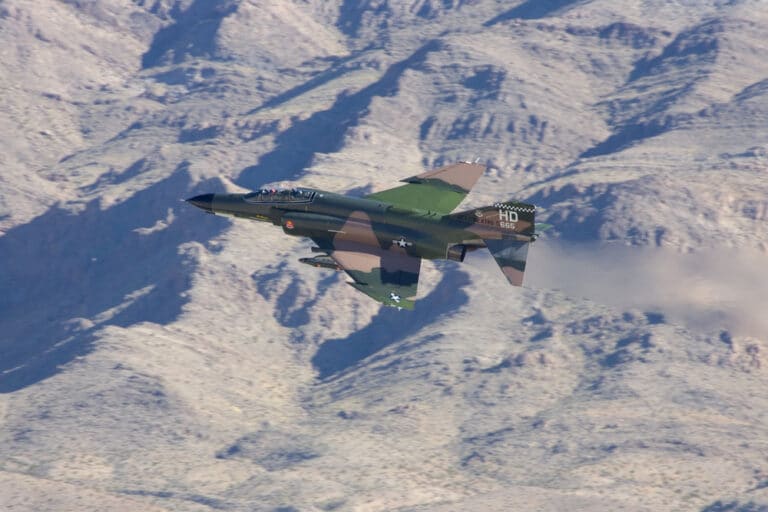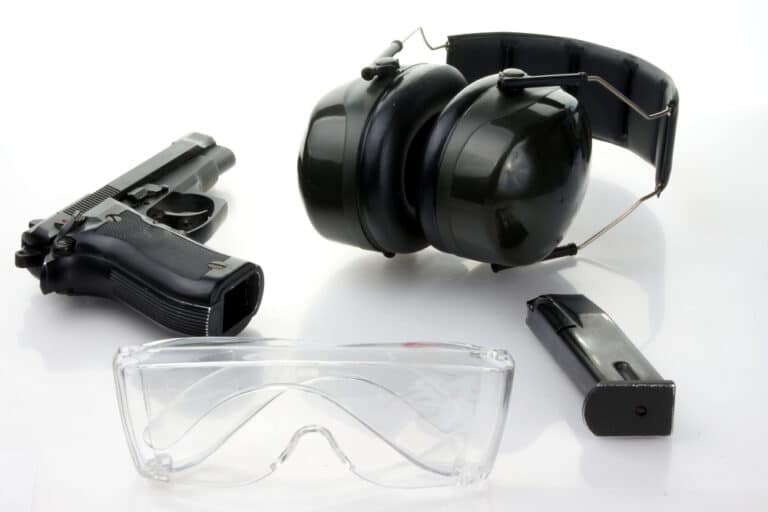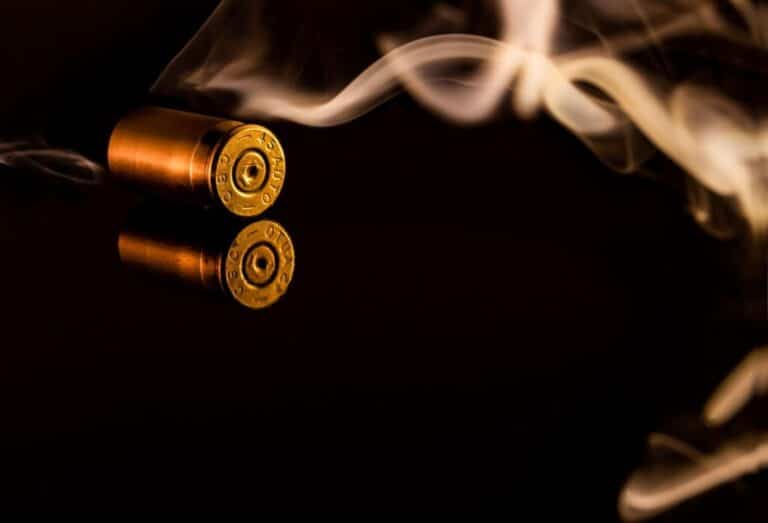How to Train a Hunting Dog

Hunting dogs, also called gun dogs, find and retrieve game for hunters.
There is no such thing as the best all-around hunting dog. Still, there are best breeds for certain kinds of hunting, including:
- American Foxhound for deer
- Pudelpointer for versatility
- Retrievers
- Setters
- Spaniels for birds
There is lots of gear available for training and hunting, and there are many ways to train (and not to train) dogs. Here’s a brief description of gun dogs, training methods, and gear.
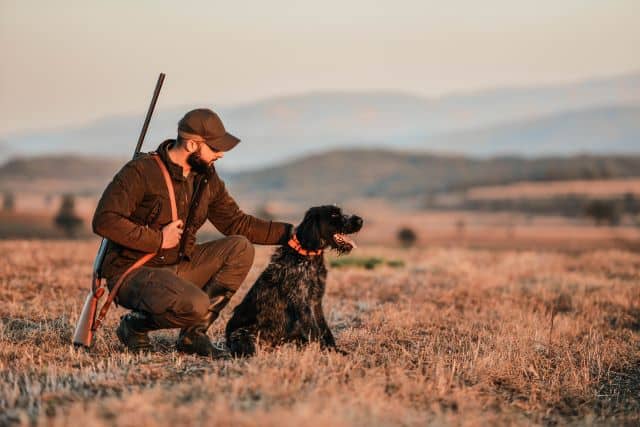
Retrievers vs. Flushing Dogs vs. Pointers
There are three kinds of gun dogs: retrievers, pointers, and flushers.
- Retrievers bring the game, without damaging it, to the hunter. If you hunt waterfowl, you want a retriever to fetch what you shoot. The best retrievers are the Labrador Retriever and Golden Retriever.
- Flushing dogs chase birds from their nests into the air for you to shoot. Then they mark the fallen birds’ locations for retrieval. If you hunt upland game birds, such as pheasant, you want a flushing dog. The best flushers are the Boykin Spaniel and the Springer Spaniel.
- Pointers find game. They search the hunting area and freeze or crouch when they locate animals. If you hunt covey birds, such as quail and grouse, you need a pointer. The best pointers are the Brittany and the English Setter.
Hunting Dog Lifestyles
The lifestyle needs of a hunting dog are far different from those of a family pet. A pet may have toys. A gun dog needs tools. A pet may need to know his name and to come when you call. A gun dog needs to be steady, comfortable with gunshots, and obedient in the field. But hunting dog training is not difficult. Gun dogs will practically train themselves if you control their environment and direct their behavior.
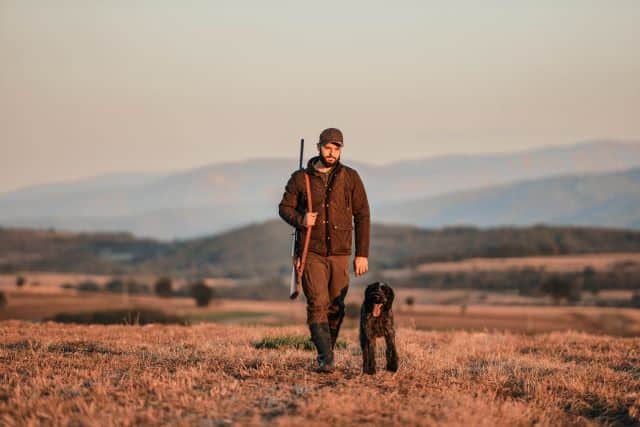
Hunting Dog Training Tips
If you plan on training a hunting dog yourself, there are several things you can do to make your training sessions more productive:
1. Don’t raise your pup outdoors.
You are indoors most of your time. Your puppy needs to be with you to bond, learn to communicate, and develop the desire to please.
2. Don’t throw countless retrieves.
A puppy’s energy goes mostly to growing. Too many retrieves can cause pain and exhaustion and lead to a loss of interest in retrieving.
3. Limit marked retrieves.
A marked retrieve is when the dog sees the bird (or dummy) fall. He knows where it is. When the dog doesn’t see the bird fall, it’s a blind retrieve. He needs you to show him. The more marked retrieves you give the dog, the more you teach him to find birds without help. When you try to guide the dog to blind retrieves, he won’t believe that you know where the bird is. Start blind retrieves as soon as he’s good at marked retrieves.
4. Don’t repeat commands.
You want your dog to respond to one order, not repetition. If he didn’t respond, it doesn’t mean that he didn’t hear you. He chose not to. Instead of repeating, use a dominance technique such as a threatening stare or looming over the dog. Trigger the response and reinforce your dominance.
5. Don’t shout or plead.
Dogs respond to body language and tones of voice, not words.
Shouting scares or excites your puppy and makes it harder for him to respond. An “asking” tone tells a dog to disobey. Lack of response is a choice. A commanding tone, dominant body language, and mild rebuke now will save harsher corrections later, after you’ve taught him to respond to yells or ignore pleading. Always act like you are in control.
6. Don’t let your dog run off energy.
You need your dog to be under control when he’s energetic, not when he’s tired. Letting him run teaches him to be out of control. Imagine letting him out of the car and watching him run into traffic.
7. Don’t test when you should train.
Don’t test your dog to find out what he can do. Teach him to do what you want. For example, don’t start with long retrieves. Gradually increase the distance.
8. Don’t experiment with introductions.
Introducing new things to find out how your puppy will respond is like testing to train. Your dog may react favorably or may be frightened.
If you walk up to him and fire a shotgun to find out if he’s gun-shy, you may make him gun-shy. Gunshots should be distant at first and gradually closer.
9. Be patient and sensible in gun training.
Start with a .22 at some distance and gradually work closer, eventually adding a shotgun. Don’t surprise your dog with follow-up shots while you are hunting. In training, teach him to expect them.
10. Don’t change rules in the field.
If you train with a leash, use a leash in the field. Don’t invest in training and then ignore the rules during the hunt.
11. Be careful when introducing hunting involving water.
For waterfowl hunting, start on dry land with a few decoys on the lawn, adding more as training progresses. Let your dog examine the decoys. Heel him around and through them while discouraging him from picking them up. When you throw dummies, start by throwing them far from the decoys and slowly closer. The decoys will become more attractive, testing progress and requiring you to discourage the dog from showing interest in them.
12. If you hunt with a boat, you will need to add it to the training.
Don’t expect a dog to know how to act on a boat. Start with a flat-bottomed boat on dry land and later move to water. At first, have a few decoys, then more, starting close, then further away. Anchor your decoys without much excess line that your dog could get tangled in.
13. Don’t force your dog to swim.
Let him get into the water when he is ready. Don’t push him in, and don’t start with cold or deep water. Begin in a warm, shallow lake and coax your dog into the water, where he can stand. Help him build confidence before he goes past belly-deep.
14. Don’t allow him to break.
Your dog must be steady. Steadiness training occurs every day. Make him wait for your command to eat, to enter a door, or anything else. He should break when you release him.
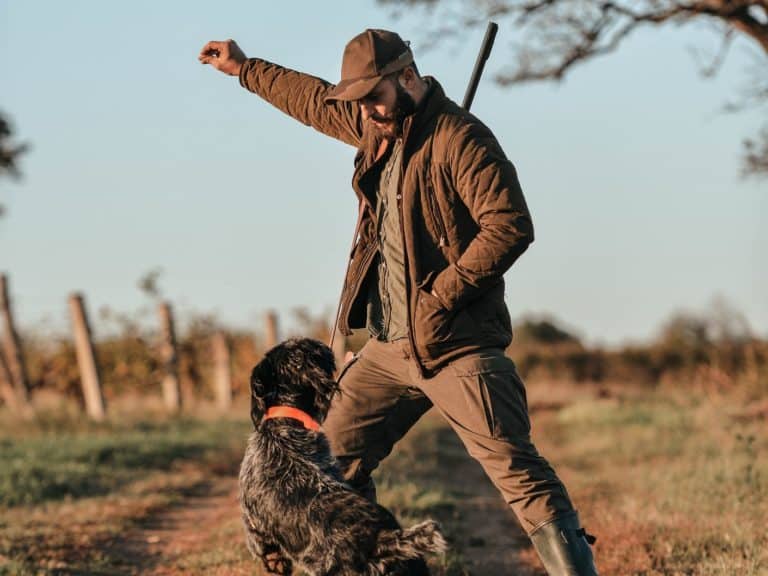
Dog Training Equipment
Gun dog supplies manufacturers make lots of stuff for training and hunting, including:
- Dummy and launcher. Practicing with dummy prey shaped like birds teaches your dog not to damage the carcasses when retrieving them. A launcher is optional but valuable because it can launch the dummies further than you can throw them.
- A dog GPS collar. This will help you keep track of your dog. Be sure to store extra batteries.
- A command collar. A command collar emits a tone that only the dog can hear. You operate it to communicate with the dog. It’s a useful tool for teaching commands.
- A dog whistle. Dog whistles are useful for calling your dog or making him sit or stay. It’s a good substitute if a GPS or command collar fails.
- Gun dog clothing. Boots can protect a dog’s feet, and there are winter boots for cold weather. Harnesses can keep dogs from getting tangled in leashes. Vests can be protective (bright colors) or camouflage for concealment. Flotation vests are available, too.
- Kennels and covers. If you use hunting dog kennels, you may want a kennel cover. A camo cover will help conceal your kennel.
- Dog hunting backpacks. What should you use to haul all your hunting gear? With a dog backpack, your dog can take some of the load off you.
Keeping Your Hunting Dog Healthy
To keep your hunting dog healthy, maintain vaccinations, keep veterinary records complete, and follow your vet’s advice about your dog’s diet. The breeds of dogs most common as gun dogs live in the 10-15 year range. A healthy dog can be active for many of those years.
Also, safety should always be your priority. An untrained or poorly equipped dog jeopardizes your hunt and endangers you and the dog. Invest in equipment and training to keep your hunting dog healthy and happy.
The Range 702 is the best shooting range in Las Vegas with many machine guns rentals. Book your shooting experience in Las Vegas today with The Range 702!

